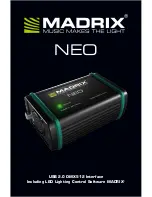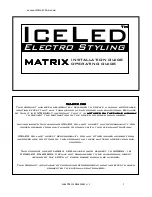
9.2
Chemical resistance specifications
Introduction
This section provides detailed information about chemical resistance of the ÄKTA go in-
strument to some common aggressive chemicals used in liquid chromatography. For
information regarding chemicals not listed in this section, contact your GE Healthcare
representative.
Refer to Safety Data Sheets (SDS) for information regarding characteristics,
human and environmental risks and preventive measures for chemicals used.
Make sure that you have the SDS available from your chemical distributor
and/or databases on the internet.
Note:
Scope
The information in this section applies to the ÄKTA go flow path. Recommended solutions
for the pump rinsing system are aqueous buffers or 20% ethanol. Do not use other
chemicals in the pump rinsing system.
Chemical resistance, long term
The following chemicals are suitable for continuous use.
EC no
CAS no
Concentration
Chemical
N/A
N/A
N/A
Aqueous buffers, pH 2 to 12
200-662-2
67-64-1
10%
Acetone
231-635-3
7664-41-7
30%
Ammonia
235-186-4
12125-02-9
2 M
Ammonium chloride
231-984-1
7783-20-2
3 M
Ammonium sulfate
200-811-1
74-79-3
2 M
Arginine
202-859-9
100-51-6
2%
Benzyl alcohol
200-664-3
67-68-5
5%
Dimethyl sulfoxide (DMSO)
229-998-8
6892-68-8
100 mM
Dithioerythritol (DTE)
222-468-7
3483-12-3
100 mM
Dithiothreitol (DTT)
200-837-3
75-08-1
20%
Ethanol
ÄKTA go Operating Instructions 29360951 AC
103
9 Reference information
9.2 Chemical resistance specifications















































